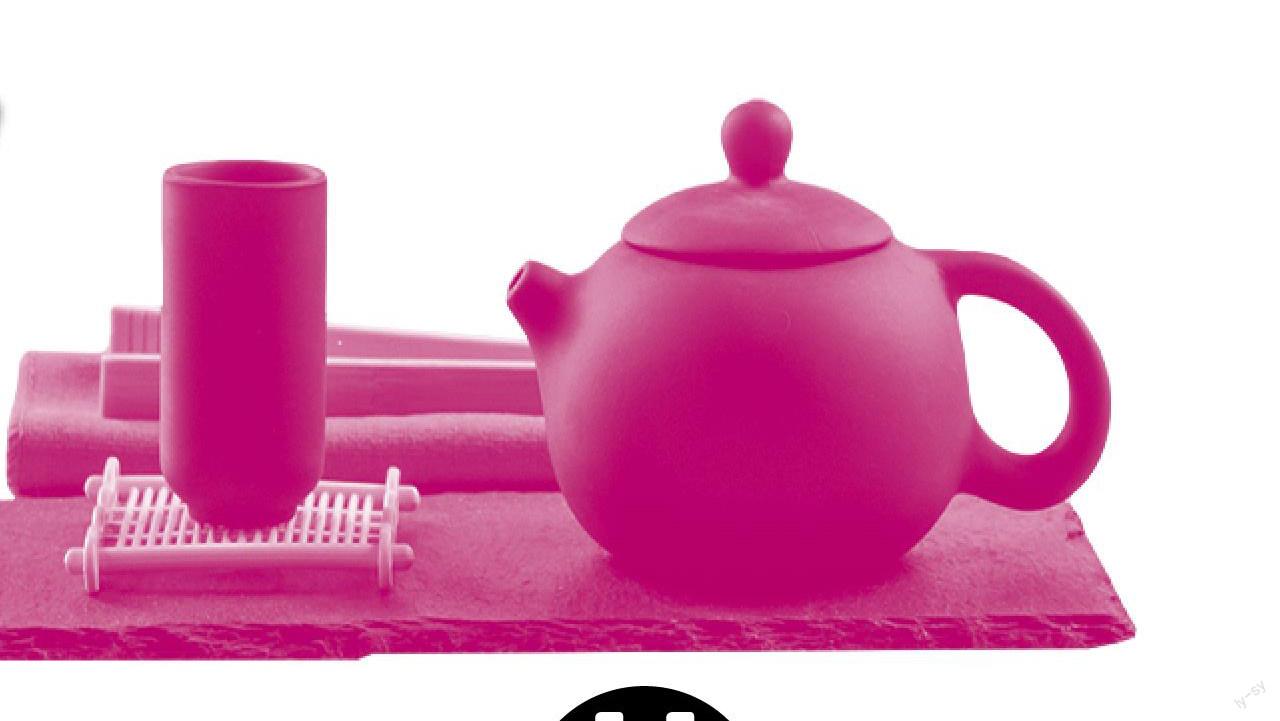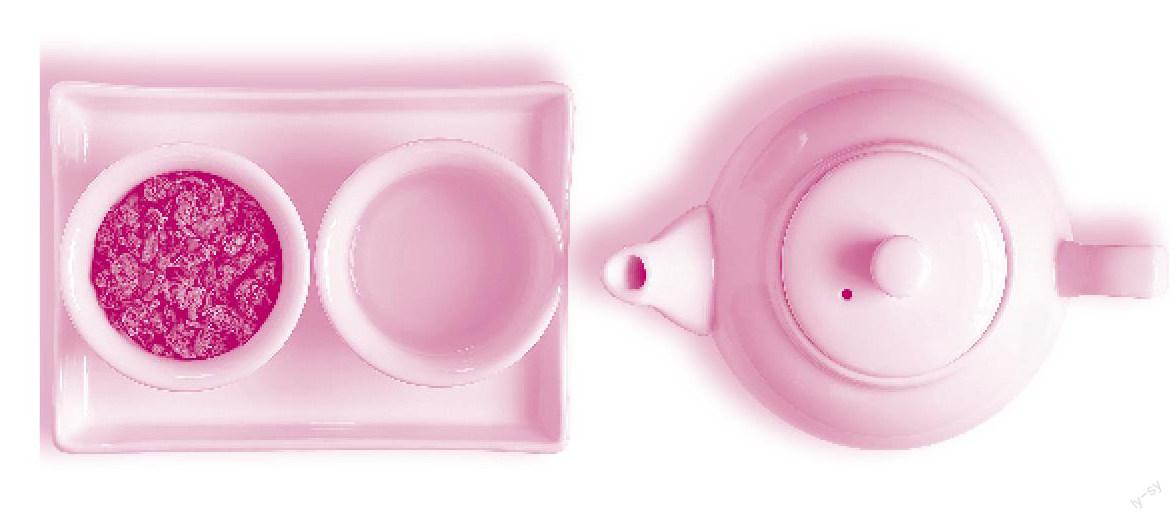Why Are There Only Two Words for Tea in the World?
2022-05-30



“茶”在全球其他國家的语言中有两种说法,一种与英语tea类似,另一种则是与cha类似的chay。你想过同样是“茶”,为什么有两种不同的叫法吗?
With a few minor exceptions, there are really only two ways to say “tea” in the world. One is like the English term—té in Spanish and tee in Afrikaans are two examples. The other is some variation of cha, like chay in Hindi.
Both versions come from China. How they spread around the world offers a clear picture of how globalization worked before “globalization” was a term anybody used. The words that sound like “cha” spread across land, along the Silk Road. The “tea”-like phrasings spread over water, by Dutch traders bringing the novel leaves back to Europe.
The term cha is Sinitic, meaning it is common to many varieties of Chinese. It began in China and made its way through central Asia, eventually becoming “chay” in Persian. That is no doubt due to the trade routes of the Silk Road, along which, according to a discovery, tea was traded over 2,000 years ago. This form spread beyond Persia, becoming chay in Urdu, shay in Arabic, and chay in Russian. It even made its way to Sub-Saharan Africa, where it became chai in Swahili. The Japanese and South Korean terms for tea are also based on the Chinese cha, though those languages likely adopted the word even before its westward spread into Persia.
关于茶,为何世界上会有两种叫法?
除了少数微不足道的例外,全世界“茶”的说法实际上只有两种。一种与英语说法tea类似,比如西班牙语中的té和阿非利卡语(南非官方语之一)中的tee。另一种是cha的某种变化形式,如印地语中的chay。
这两种说法都来自中国。看看它们是如何在全世界传播的,可以让人们清楚地了解在一个词语被广泛使用之前,“全球化”是如何形成的。发音与“cha”类似的词语是沿着丝绸之路通过陆上传播的。发音与“tea”类似的词语则是由荷兰商人通过海上传播的,这些商人将这种新奇的叶子带回了欧洲。
Cha是中国文化中的说法,它是很多汉语方言所共同使用的。它来自中国,穿越中亚,最终在波斯语中变为“chay”。这无疑是源于丝绸之路的贸易线路。根据一项发现,两千多年前人们就沿这条线路进行茶叶交易了。这个说法的传播范围超过了波斯,在乌尔都语中成为chay,在阿拉伯语中成为shay,在俄语中成为chay。它甚至传到了撒哈拉以南的非洲,在斯瓦希利语中成为chai。日语和韩语中茶的说法也以cha为基础,虽然这些语言很可能在这种说法向西传到波斯前就被采用了。
But that doesnt account for “tea”. The Chinese character for tea, is pronounced differently by different varieties of Chinese, though it is written the same in them all. In todays Mandarin, it is “chá”. But in the Minnan variety of Chinese, spoken in the coastal province of Fujian, the character is pronounced “te”. The key word here is “coastal”.
The “te” form used in coastal-Chinese languages spread to Europe via the Dutch, who became the primary traders of tea between Europe and Asia in the 17th century. The main Dutch ports in east Asia were in Fujian and Taiwan, both places where people used the “te” pronunciation. The Dutch East India Companys expansive tea importation into Europe gave us the French “thé”, the German “Tee”, and the English “tea”.
Yet the Dutch were not the first to Asia. That honor belongs to the Portuguese. And the Portuguese traded not through Fujian but Macao, where “chá” is used. Thats why Portugal is a pink dot in a sea of blue.
Few languages have their own ways of talking about tea. These languages are generally in places where tea grows naturally, which led locals to develop their own ways to refer to it. In Burmese, for example, tea leaves are “lakphak”.
但這还是无法解释“tea”的说法。“茶”这个字在汉语不同方言中写法一样,但读音不同。在今天的普通话中,它读作“chá”。但在沿海省份福建所使用的闽南语中,这个字读作“te”。这里的关键词是“沿海”。
在中国沿海地区方言中使用的“te”的说法经由荷兰人传到了欧洲,荷兰人在17世纪成为欧洲和亚洲之间主要的茶商。荷兰人在东亚主要使用的港口位于福建和台湾,这两个地方的人都使用“te”的读音。荷兰东印度公司向欧洲大规模进口茶叶,这让人们有了法语中的“thé”、德语中的“Tee”和英语中的“tea”。
但最先到达亚洲的并不是荷兰人,而是葡萄牙人。葡萄牙人进行贸易并不是通过福建,而是通过澳门,澳门使用的是chá这个说法。这就是为什么葡萄牙语中的“茶”在欧洲是一个例外。
在谈到茶的时候,少数语言有自己的说法。这些语言通常是在茶叶自然生长的地方,这令当地人形成了他们自己的关于茶的说法。例如,在缅甸语中,茶叶的说法是“lakphak”。
Word Study
version /'v???n/ 'v???n/ n. (从不同角度的)说法,描述
She gave us her version of what had happened that day.
novel /'n?vl/ adj. 新颖的;与众不同的;珍奇的
account for 说明(原因、理由等)
importation /'?mp??'te??n/ n. 进口;进口货
There is a ban on the importation of ivory.
